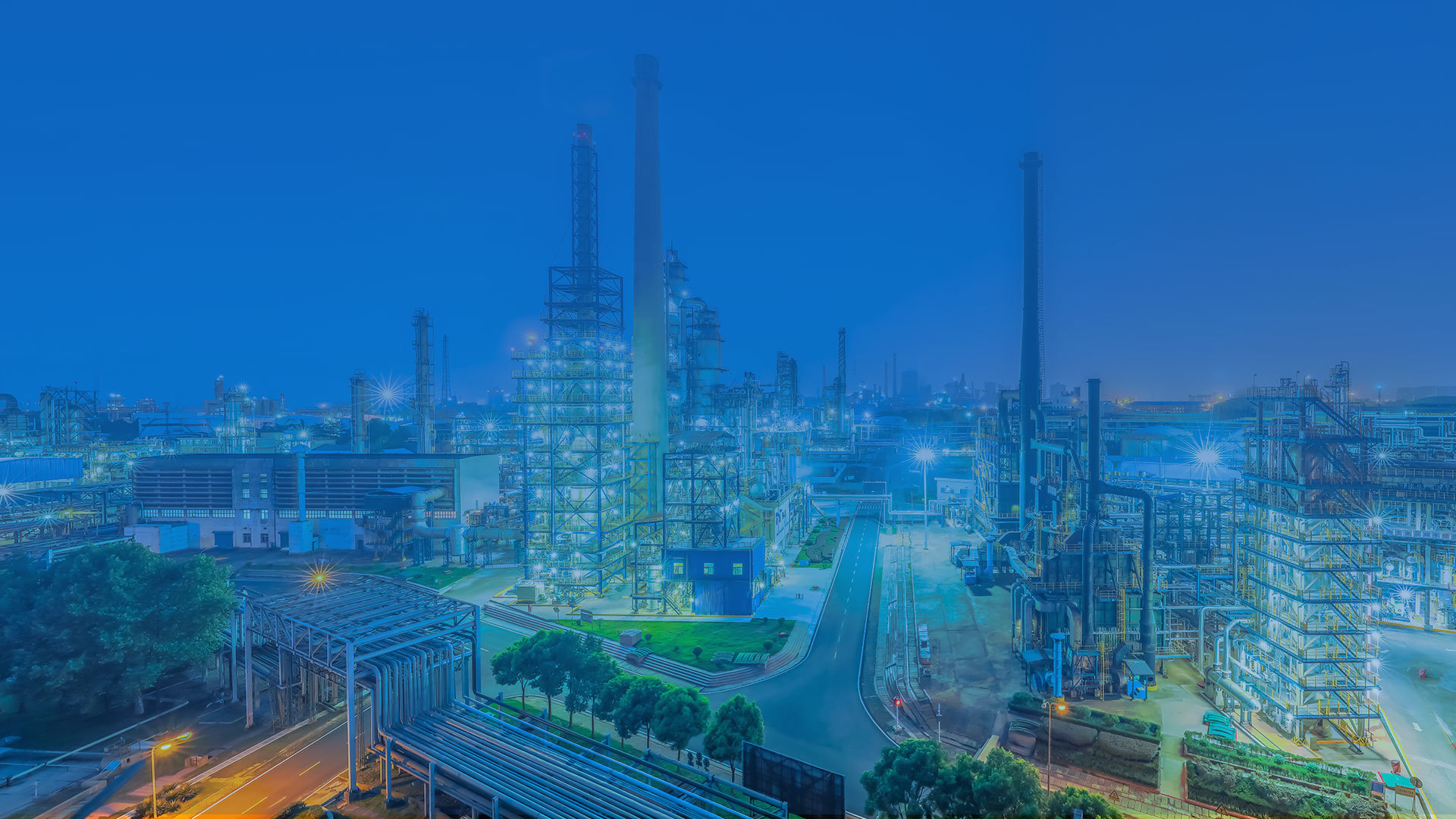The role of reactors
2023-04-14
The common types of reactors used in power systems are series reactors and shunt reactors. Series reactors are mainly used to limit short-circuit currents, but are also used in filters in series or parallel with capacitors to limit high harmonics in the grid. Reactors in 220kV, 110kV, 35kV and 10kV grids are used to absorb the charging capacitive reactive power of cable lines. The operating voltage can be adjusted by adjusting the number of parallel reactors. The EHV shunt reactor has a variety of functions to improve the operating conditions related to the reactive power of the power system, mainly including:
1. the capacitive effect on light no-load or lightly loaded lines to reduce the frequency transient overvoltage;
2, improving the voltage distribution on long transmission lines;
3, so that the reactive power in the line at light load is balanced in situ as far as possible to prevent unreasonable flow of reactive power while also reducing the power loss on the line;
4, reduce the frequency steady-state voltage on the high voltage bus when the large unit is paralleled with the system, facilitating the paralleling of generators at the same time;
Related Information
Characteristics of output reactors
2023-04-14
20
Characteristics of incoming reactors
2023-04-14
20
The role of saturable reactors for DC control
2023-04-14
20





